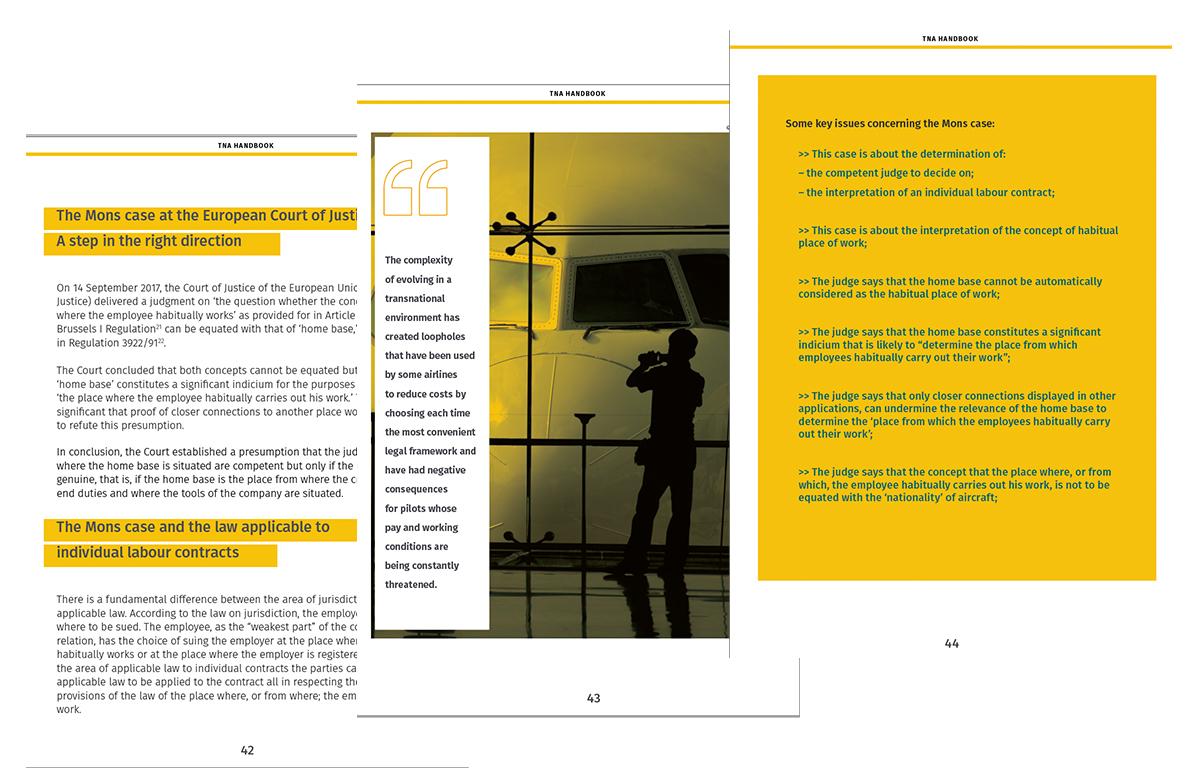

An attentive EU-policy connoisseur knows that the revision of EU Air Services Regulation 1008/2008 is coming soon. This major piece of legislation sets the fundaments of how the aviation business works in Europe. It covers anything from licensing, leasing, to airline Ownership & Control rules. And unsurprisingly, it is unfit for purpose (read this if you want to know why).
At the 13th Air Forum in Florence, industry stakeholders discussed how to make it ‘fit’. 1008/2008 regulates with the default assumption that airlines offer air services across Europe from a designated Principal Place of Business. The problem is that this no longer reflects the economic reality in Europe. With a wealth of point-to-point airlines operating out of numerous bases, airlines can simply open multiple operational bases across the EU with little oversight over operations or safety.
The revision of this Air Services Regulation (1008/2008) has been on ECA’s radar for a while now. Already in 2016, ECA mapped the weaknesses of the Regulation and how they negatively affect pilots. But pilots and airlines are not the only ones concerned. Because it is such a broad Regulation, a lot of stakeholders – ranging from travel agencies and passenger associations to governments and the EU – have a vested interest and an opinion on the future of 1008/2008. The Air Forum, organised by the EU Commission in cooperation with the European University Institute of Florence, tried to take their pulse before the official revision – and heavy lobbying – kicks off.
One of the key elements the revision must fix is the skewed foundation of the Regulation – the Principal Place of Business. There are various ways to solve the problems stemming from it but the baseline is that, to be able to enforce the law, authorities must have timely access to adequate information. If an airline transfers pilots and cabin crew to a country different from its Principal Place of Business, aviation and labour authorities should be notified about that. Even in the case of a temporary transfer, labour authorities must have a clear idea – at any given moment – who is working from that base in their country. This is the only way they can do their job. In addition, authorities should be given tools and resources to set up their own communications and cooperation channels among each other.
The second element of concern is wet-leasing. Currently, the Regulation sets some restrictions to wet-leasing by non-EU/third country airlines, such as a required justification for exceptional temporary needs and the lack of available EU registered aircraft and EU crew in the internal market. However, the EU Commission Evaluation report (i.e. analysis of the Regulation’s past performance) from July 2019 found that there are inconsistencies between Member States when it comes to the interpretation and application of wet-leasing provisions. In other words: rules are unclear or not prescriptive enough. Yet, two nearly absurd policy options are still floating around: to relax the rules further or to remove them altogether.
Last but not least, EU lawmakers are finally looking at the social impact of this piece of legislation. This is a dimension that had been ignored so far.
According to this same Evaluation report, when an airline has multiple operational bases outside its Principal Place of Business, it is difficult to identify which labour law applies to its crew. In such situations, pilots and cabin crew face uncertainty which jurisdiction they can turn to, even if the rules are harmonized at the EU level and have been clarified in recent court rulings. The 13th Air Forum showed how this is a point of mutual concern for several airlines and aircrew associations.
On paper, support for eliminating uncertainty and such internal market imperfections when revising 1008/2008 is clearly present. But there are stakeholders with not-so-subtle ultra-liberal views who refuse to consider any other possibilities or scenarios. The European Commission itself makes no secret that it sees the revision of 1008/2008 as a ticket to (fully) liberalise Ownership & Control rules and to enable what they see as long-term and much needed foreign investments. The lessons from Air Berlin and Air Italy bankruptcies haven’t sunk in yet, it seems.
With so many concerned stakeholders and such a broad scope, making 1008/2008 fit for purpose may become a tense exercise in aligning everyone’s views on what the reality exactly is. The 13th Air Forum gave a taste of what is coming.

In 2017 the CJEU concluded that both concepts cannot be equated but that the ‘home base’ constitutes a significant indicium for the purposes of determining ‘the place where the employee habitually carries out his work.’ This link is so significant that proof of closer connections to another place would be necessary to refute this presumption. In conclusion, the Court established a presumption that the judges of the place where the home base is situated are competent but only if the home bases are genuine, that is, if the home base is the place from where the crews start and end duties and where the tools of the company are situated. (Source: TNA Handbook, ECA 2018)